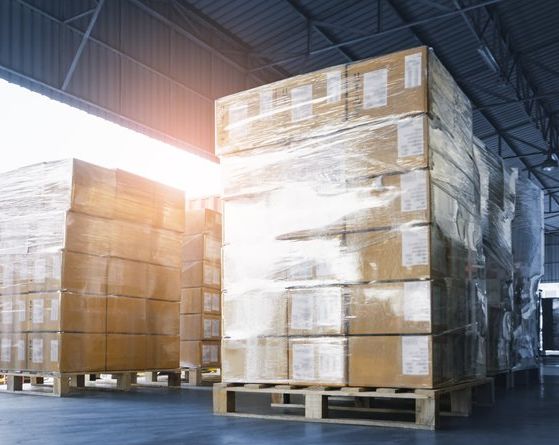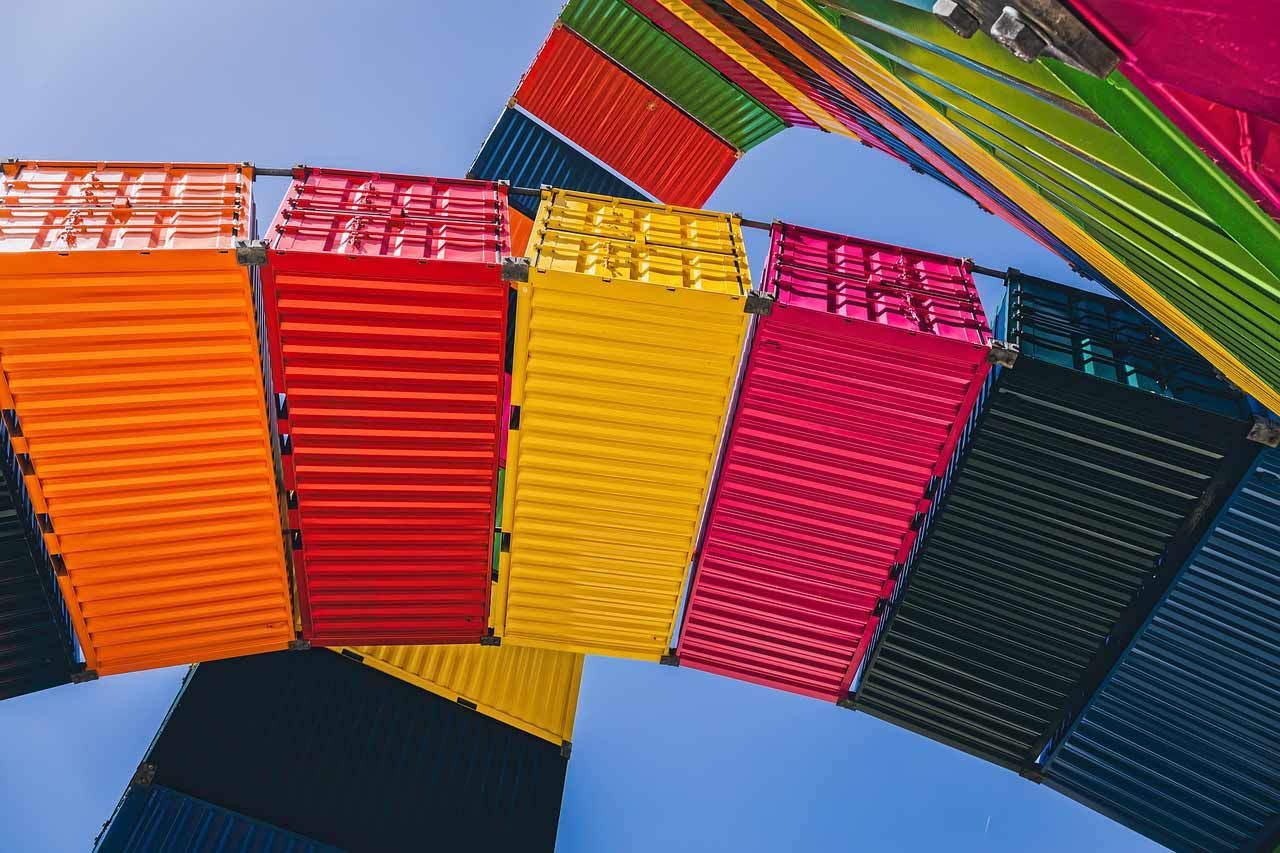Volume LTL vs Partial Truckload: Pros/Cons
Volume LTL Shipments vs. Partial Truckload Shipments
Efficient transportation management is crucial for businesses looking to streamline their supply chain and control costs. When it comes to shipping smaller loads, two popular options are Volume Less Than Truckload (LTL) shipments and Partial Truckload shipments.
In this article, we will explore the key differences between these two methods and discuss the advantages and disadvantages of each. Additionally, we'll highlight how partnering with TLI, a trusted transportation management provider based in Birdsboro, PA, can help shippers effectively manage their transportation spends.
Volume LTL Shipments:
Volume LTL is an ideal option for shippers who have larger quantities of smaller freight that don't require a full truckload. Rather than occupying the entire truck, these shipments are consolidated with other shippers' freight to optimize space utilization.
The number of pallets that typically go on a volume LTL (Less Than Truckload) shipment can vary depending on various factors such as the size of the pallets, weight restrictions, and the specific requirements of the carrier or shipping company involved. However, as a general guideline, volume LTL shipments typically involve a larger number of pallets compared to regular LTL shipments.
In a volume LTL shipment, the goal is to fill up as much space in the trailer as possible while still qualifying for LTL pricing, which is typically based on weight and volume. The exact number of pallets can vary, but it is not uncommon for a volume LTL shipment to consist of anywhere from 6 to 12 pallets, or sometimes even more.
It's important to note that volume LTL shipments are designed to optimize trailer space, so the number of pallets can vary depending on the dimensions and weight of the pallets involved. The shipping company or carrier can provide more specific information regarding the maximum number of pallets allowed for volume LTL shipments based on their particular guidelines and equipment capacity.
Volume LTL shipment pros:
Volume LTL shipment cons:
Partial Truckload Shipments:
Partial truckload shipments, also known as partial loads or partial TL shipments, are a transportation option that falls between traditional less-than-truckload (LTL) and full truckload (TL) shipments.
In a partial truckload shipment, the freight from multiple customers is combined to fill up a portion of a truck, but not the entire trailer. It offers a more cost-effective and efficient alternative for shipments that are too large for LTL carriers but don't require the use of a full truck.
Here are some key characteristics of partial truckload shipments:
- Space Optimization: Unlike LTL shipments, where multiple smaller shipments are consolidated, partial truckload shipments aim to maximize trailer space utilization by combining freight from multiple customers with similar destinations or along the same route.
- Reduced Handling: By minimizing the number of touchpoints and transfers, partial truckload shipments help reduce the risk of damage or loss during transit compared to LTL shipments, where freight is typically handled multiple times.
- Cost Efficiency: Partial truckload shipments can offer cost savings compared to full truckload shipments because the cost is shared among multiple customers. It eliminates the need to pay for the entire truck capacity when it's not required.
- Flexible Space: Partial truckload shipments allow for a flexible allocation of space. The available space can vary based on the size, weight, and volume of the combined shipments, offering scalability to accommodate varying freight dimensions.
- Transit Time: Partial truckload shipments generally have shorter transit times compared to LTL shipments since they bypass LTL terminal transfers associated with LTL carrier networks.
Partial truckload shipments are well-suited for businesses with larger shipments that do not fill an entire truck or when time-sensitive deliveries are required. They offer a balance between cost savings and transit time while providing more security and control over the transportation of goods compared to traditional LTL shipments.
In a partial truckload shipment, the number of pallets can vary widely depending on the size of the truck and the specific requirements of the shipment. Unlike LTL shipments where multiple shipments from different customers are consolidated, partial truckload shipments are typically reserved for a single customer or a few customers whose combined freight doesn't require a full truckload.
The term "partial truckload" itself implies that the shipment occupies a portion of the available space in a truck, but not the entire capacity. The exact number of pallets in a partial truckload shipment depends on factors such as the size of the pallets, weight restrictions, and the dimensions of the truck being used.
As a rough estimate, a partial truckload shipment may involve anywhere from 6 to 17 pallets or more, depending on the size and weight of the pallets, as well as the available space in the truck. It's important to note that there is no fixed rule for the number of pallets in a partial truckload shipment, and it can vary significantly based on the specific circumstances of each shipment.
To get a more accurate estimate and understand the capacity of a partial truckload shipment, it is recommended to consult with TLI your logistics partner as they can provide you with more precise information based on the dimensions and weight of your pallets and the available space in their trucks.
What are the most popular equipment types for partial truckloads?
The equipment types commonly used for partial truckload shipments can vary depending on the region, industry, and specific requirements of the shipment. However, the following equipment types are often used for partial truckload shipments:
- Dry Van: Dry vans are enclosed trailers with no temperature control or special features. They are the most common equipment type used for partial truckload shipments. Dry vans provide secure and weatherproof transportation for a wide range of goods.
- Flatbed: Flatbed trailers have an open, flat platform without sides or a roof. They are suitable for shipping large, heavy, or oversized items that cannot fit within the dimensions of a dry van. Flatbeds allow for easy loading and unloading from the sides, top, or rear.
- Reefer (Refrigerated): Reefer trailers are equipped with temperature-controlled systems, making them suitable for shipping perishable goods that require temperature regulation, such as food, pharmaceuticals, or certain chemicals.
- Step Deck (Drop Deck): Step deck trailers have a lower deck height than standard flatbeds, allowing for easier loading and unloading of taller cargo. They have a top deck and a lower deck, creating a "step" in between. Step decks are commonly used for shipping equipment, machinery, and other tall or oversized items.
- RGN (Removable Gooseneck): RGN trailers have a detachable front end, known as a gooseneck, which allows for easy loading and unloading of heavy equipment or machinery. RGN trailers are ideal for transporting oversized and overweight loads that require specialized loading and unloading methods.
It's important to note that the availability of equipment types can vary based on the specific carriers or logistics providers in a given region. The best approach is to consult with a freight broker like TLI.
Partial Truckload shipment pros:
Partial Truckload shipment cons:
Partnering with TLI for Efficient Transportation Management:
To effectively manage transportation spends and optimize freight transportation, shippers routing Volume LTL and Partial Truckloads should consider partnering with TLI. With over 30 years of experience since its founding in 1994, TLI offers comprehensive transportation management services in Birdsboro, PA, and beyond. Their expertise allows shippers to access competitive rates, consolidate shipments efficiently, and benefit from tailored logistics solutions.
Truckload shipments requires careful consideration of various factors, including shipment volume, budget, transit time requirements, and control over the shipping process. While Volume LTL shipments offer cost savings and flexibility, Partial Truckload shipments provide faster transit times and increased control. By partnering with TLI, shippers can leverage their transportation management expertise and optimize their transportation spends.
TLI, with its extensive experience and industry knowledge, can assist shippers in selecting the most suitable shipping method based on their unique requirements. Whether it's consolidating smaller loads through Volume LTL shipments or maximizing truck space with Partial Truckload shipments, TLI can help shippers navigate the complexities of freight transportation.
In conclusion, making informed decisions about freight transportation is crucial for businesses seeking cost-effective and efficient logistics operations. By understanding the differences between Volume LTL shipments and Partial Truckload shipments, and considering the pros and cons of each, shippers can make informed choices to optimize their supply chain. With TLI as a trusted partner, shippers can confidently manage their transportation spends, enhance operational efficiency, and achieve their business objectives.
TLI Insights
Get the latest logistics insights and tips from Translogistics’ award-winning team. Stay ahead in transportation planning.
Questions? Email us at marketing@tli.email



